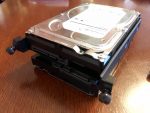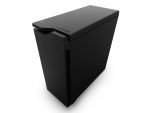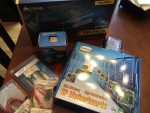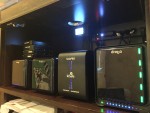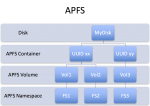Have you ever wondered if mounting a hard disk drive on its side or even upside-down affects its lifespan or reliability? According to every drive manufacturer, it’s perfectly acceptable to mount a hard disk drive in any orientation as long as it’s not tilted and has sufficient cooling.
Everything
14 Drives For 14 Ports: A Case For FreeNAS
I’ve written a few times about my quest to build the ultimate home storage/server rig. But one issue was surprisingly vexing: What kind of case has room for a dozen or more hard disk drives? In this update, I’ll talk about the various options as well as the one I ultimately picked: The NZXT H440 (and a Corsair power supply).
My FreeNAS Build: Supermicro X10SL7, Intel Haswell Xeon, ECC RAM
Today I’m going to dive into the hardware I selected for FreeNAS, starting with the motherboard, CPU, and memory. FreeNAS runs on any PC hardware, but building a reliable and scalable storage solution means picking higher-end components. I selected a Supermicro X10SL7 server-class motherboard with 14 (!) SAS/SATA ports paired with an Intel Xeon E3-1231v3 (Haswell) CPU and ECC memory from Crucial.
Hello FreeNAS! Goodbye Drobo and Iomega…
Long-time readers of my blog know of my love for Drobo, but the time has come to say goodbye. My old Drobos (and Iomega ix-4) are showing their age and I decided to go in a different direction: I’m building a FreeNAS server. In this article I’ll talk about my thinking behind this move; later posts will talk in more detail about the hardware and software setup.
macOS Sierra Includes a New Apple File System, APFS
Although not discussed in today’s keynote, Apple is adding a new “universal” filesystem to iOS and macOS. Apple File System (APFS) will likely replace HFS+ as the default filesystem for Macintosh computers, iPads, and iPhones and brings a wealth of modern features. But judging from the initial developer documentation, that’s not going to happen for a few more years. And there’s still much confusion about how APFS and CoreStorage, introduced in Mac OS X 10.7, will interact.
